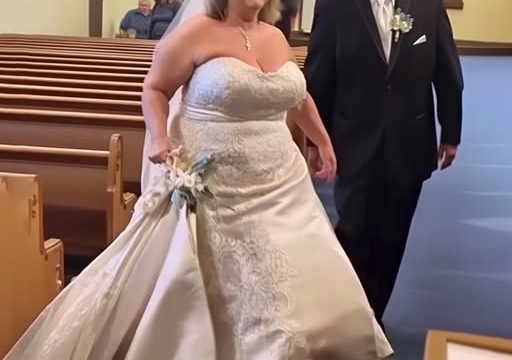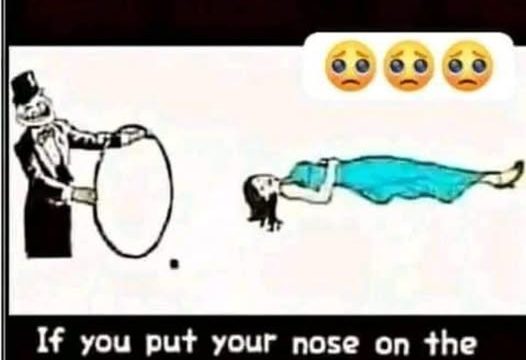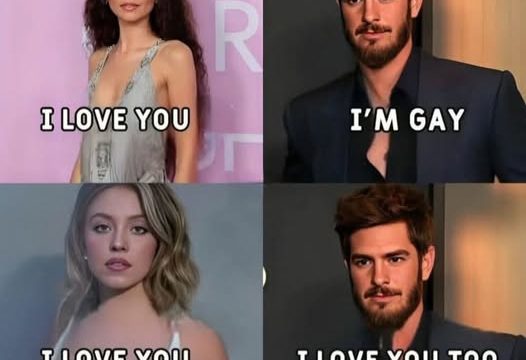Not every brain teaser is about numbers, patterns, or solving complicated logic problems—some of the most intriguing ones test your ability to notice small, easily missed details. That’s exactly what makes this visual IQ puzzle so clever. The question is simple on the surface: “Who is married?” You’re given an image featuring three stylish women labeled A, B, and C, and all of them are casually enjoying ice cream.

At first glance, nothing in the scene screams anything specific about their relationship status. Each woman looks confident, put-together, and fashionable, with no obvious signs pointing to who might be married. But that’s the point of the puzzle—it challenges you to look deeper, beyond surface appearances and assumptions, to find the hidden clue. So let’s walk through the setup and get to the bottom of it. Woman A, standing on the left, has brown hair that’s tied up in a neat bun or ponytail. She’s dressed modestly in a crisp white button-down shirt paired with a purple skirt, and she’s holding a pink ice cream cone in her left hand. Woman B, who stands in the middle, has long black hair flowing freely and is wearing a trendy pink crop top with a purple skirt.
She’s eating a chocolate popsicle and holding it with her right hand. Finally, Woman C on the right has wavy blonde hair and is wearing a green crop top with white pants. She’s holding a red-and-pink popsicle in her left hand and accessorized with earrings and a bracelet. From appearances alone, all three women seem carefree and content, enjoying their treat on a sunny day. There’s nothing overt or dramatic about any of their looks that would scream “I’m married.” That’s where the challenge lies—you’re not supposed to rely on intuition or stereotype. Instead, the answer is hidden in a universally recognized symbol: the wedding ring. In many cultures, especially across the U.S. and Europe, a wedding ring is traditionally worn on the ring finger of the left hand.
That tiny piece of jewelry carries a lot of meaning, and in this puzzle, it’s the entire key to unlocking the mystery. Let’s look back at the details. Woman A is holding her ice cream with her left hand, and if you zoom in or take a closer look, you’ll notice a ring on her left ring finger. That’s not just a fashion accessory—it’s a direct indicator of marriage in many parts of the world. While the rest of her outfit and demeanor may seem simple or reserved, that ring says it all.
Woman B, in contrast, is holding her ice cream in her right hand. Her hands are clearly visible, and there’s no ring on either of them. There’s no bracelet, no earrings, no necklace—nothing that suggests a marital commitment. Woman C, although she’s wearing more accessories like earrings and a bracelet, is also holding her ice cream in her left hand. But if you look closely, you’ll see that her left ring finger is bare. She may have the most polished and fashionable look of the three, but the absence of a wedding ring eliminates her from consideration. So now that we’ve examined all three women carefully, it’s clear that Woman A is the only one wearing a ring on the traditional marriage finger. That single detail is what sets her apart and gives us the answer to the riddle. It’s not about their clothes, hair, or ice cream—it’s about one subtle but meaningful symbol. The correct answer, then, is Woman A. This puzzle is a perfect reminder that sometimes, success doesn’t come from flashy thinking or wild guessing but from slowing down and really looking at the details. If you spotted the ring right away, congratulations—you have a sharp eye for detail and excellent observation skills. And if you didn’t catch it the first time, that’s totally fine. Puzzles like this one are designed to train your brain to look more closely, pay more attention, and think just a bit deeper the next time around.





